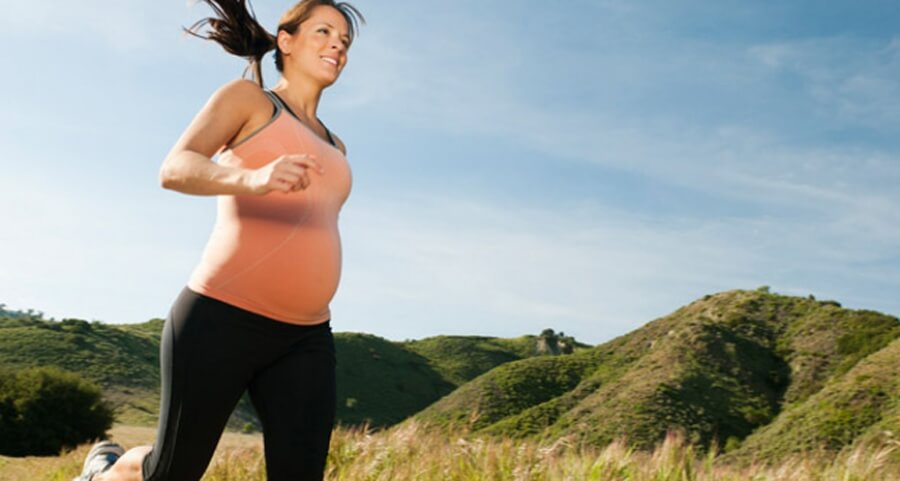Nutritional and fluid requirements for optimal energy and performance
In recent years there has been a lot of time and money invested by professionals working with elite sports teams, such as sports physiotherapists and strength and conditioning coaches, and sports scientists, such as those at the Australian Institute of Sport, trying to improve the performance of our athletes.
An athlete’s performance can be affected by a wide range of stressors, such as work / school, social life, training – too much, too little or changes to training – poor coach / athlete interactions, disturbed sleep and / or nutrition to name but a few.
Whether your athlete is sprinting 100m, swimming 400m freestyle, playing a running based team sport, such as AFL, rugby league, soccer or hockey, or throwing a ball, for example, baseball, softball, netball, water polo or shot put, an athlete must recover adequately so they’re ready to perform at 100% for their next event – whether this is minutes, hours or days later. A wide range of techniques are applied to our elite athletes to help them recover faster – but why?
Nutritional and fluid requirements for optimal energy and performance
What are recovery principles?
Recovery principles can be one of the most neglected principles of training and competition./ But if done correctly, they can maximise performance, accelerate training adaptations, ensure consistent training, minimise fatigue, such as illness or burnout, and reduce the risk of injury. Given that training adaptations occur when an athlete is not training, recovery principles are not automatic. They are what you do between games or training sessions. They must cover both physical and mental fatigue. And they must be individualised. What works for one athlete may not work for another. Play Hard + Recover Well = Best Performances. Surprisingly, there is little current evidence behind any of the popular techniques. However some of the common principles are:
- Sleeping
Sleep is crucial for recovery. Sleep deprivation upsets sleep cycles and can lead to decreased performance, and the decreased production of melatonin, the hormone that helps to regulate the onset and quality of sleep. Recommendations for a ‘good sleep’ include: - Consistent pre-bed routine
- Fall asleep within 30 min
- Sleep through night, with only brief awakenings
- Sleep for 7 to 8 hours
- Relaxation period required during busy ‘work’ and ‘training’ life.
- Nutrition
Provides fuel for the body, so it’s an essential part of an effective recovery. The amount and type of food required will vary, depending on the type, duration and number of training sessions per day. However some general rules include:
- Must commence within 30min post exercise.
- Carbohydrate to restore muscle glycogen, such as gel shots or sports drinks.
- Protein , such as Sustagen or shakes, to aid muscle repair and growth, can reduce muscle soreness
For further information and suggestions, please make an appointment to see our dietitian to discuss your specific requirements for you and your sport.
- Hydration
Hydration Is vital for the body and a principle of fluid balance should be applied. Aim to replace 150% of your body weight lost – weigh yourself (i.e. weigh yourself before & after exercise). For example if you lose 1kg of weight, then you need to consume 1.5 litres of fluid. This can be done by using a mixture of sports drinks (replace lost fluid and electrolytes) and / or water. It will take time to get the body used to consuming this volume of fluid (and a few extra trips to the toilet!), so practice / re-evaluate your techniques. - Message
We all love a good massage as it feels great. But its role in immediate post sport recovery is limited. While massage has been shown to restore normal muscle length and tone, reduce muscle soreness and enhance relaxation, it seems that it is far more effective when done in conjunction with other active recovery techniques, rather than in isolation. - Stretching
Stretching is commonly recommended and performed before, during and after exercise. As a recovery technique after exercise, stretching primarily relaxes the muscle and attempts to minimise any tightening and / or soreness within the muscle from the exercise just completed. Dynamic (moving) stretching maybe more effective than the traditional static stretching, but a combination of both is probably best. - Ice baths
This technique involves full submersion (below shoulders) in cold water, such as in the ocean, a plunge pool or a bath, at 10 to 14°C, for 5 to 10 minutes each time. This aims to reduce muscle inflammation, decrease muscle soreness and decrease body temperatures (skin, muscle, core). This is most effective done immediately after exercise, but is valuable when repeated over the following few days, and after heavy training sessions. If practically possible, walking and moving at the same time will further enhance your recovery. - Compression garments
There are a variety of brands of compression garments available, with most including options for the torso (short and long sleeve), legs (short and long) and feet (socks). They are popular for training in, after exercising, sleeping in and / or flying in. When worn, the garment’s compression can stabilise exercising muscles, enhance circulation (via increased venous function), reduce muscle fatigue and enhance muscle repair. - Active recovery
This is performing low-intensity exercise to assist the body’s muscles to recover from either the recently-completed high intensity exercise, such as a cool down, or during the following days. This form of recovery allows the body to prepare for future training by improving the clearance of muscle metabolites, such as lactate, and reducing muscle soreness and stiffness. However, it’s not known how long you should do this, or at what level of intensity, to maximise recovery.



